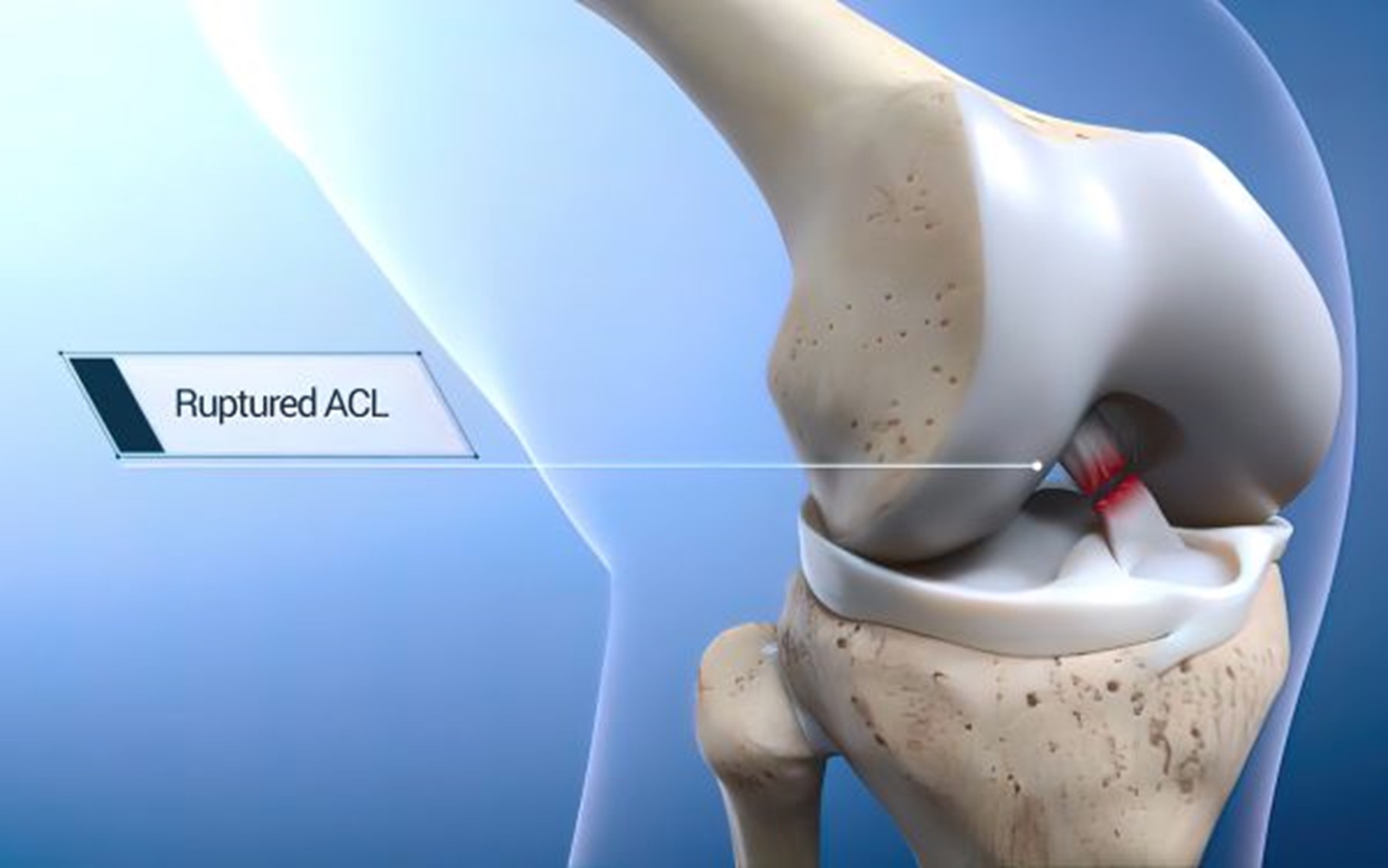Introduction
For many sports enthusiasts, athletes, and physically active individuals, the Anterior Cruciate Ligament (ACL) is a crucial structure that plays a significant role in maintaining knee stability and function. Unfortunately, ACL injuries are quite common, and they can have a profound impact on a person’s life, particularly for those engaged in sports. In this blog, we will delve into the world of ACL injuries, exploring their causes, symptoms, treatment options, and preventive measures to help you gain a comprehensive understanding of this prevalent knee injury.
What is the ACL?
The ACL is one of the major ligaments in the knee, connecting the femur (thighbone) to the tibia (shinbone). It is situated in the centre of the knee and acts as a stabilizer, preventing excessive forward movement of the tibia and rotational movements of the knee joint.
Causes of ACL Injuries
ACL injuries commonly occur during sports activities that involve sudden stops, pivoting, jumping, or changes in direction. Some of the primary causes of ACL injuries include:
Non-Contact Mechanisms: These injuries often happen when an athlete decelerates suddenly or rapidly changes direction, causing the ACL to tear due to the stress placed on the ligament.
Contact Injuries: Collisions with other players or external forces can also result in ACL tears. Such injuries may be more unpredictable and can occur in sports like football, soccer, basketball, and skiing.
Overextension: Hyperextending the knee beyond its normal range of motion can lead to ACL injuries, especially during high-impact landings.
Weak Muscles: Lack of strength in the surrounding muscles, such as the quadriceps and hamstrings, may increase the risk of ACL injuries as they are not providing adequate support to the knee joint.
Symptoms of ACL Injuries
When an ACL injury occurs, individuals may experience the following symptoms:
Audible “popping” sound at the time of injury.
Sudden and severe pain in the knee.
Swelling within the first few hours after the injury.
Restricted range of motion and difficulty bearing weight on the affected leg.
Instability in the knee, causing a feeling of the knee “giving out.”
Treatment Options for ACL Injuries
The appropriate treatment for an ACL injury depends on the severity of the tear and the individual’s activity level and lifestyle goals. Treatment options may include:
Conservative Management: Some minor ACL injuries, or those occurring in less active individuals, may be managed non-surgically with rest, physical therapy, and the use of a brace.
Surgical Reconstruction: For active individuals, athletes, or more severe injuries, surgical intervention may be recommended. ACL reconstruction involves using a graft (often from the patient’s own tissues or a donor) to replace the torn ligament.
Rehabilitation: Whether managed conservatively or surgically, rehabilitation is a crucial aspect of ACL injury recovery. It aims to restore strength, flexibility, and stability to the knee through targeted exercises and therapies.
Preventing ACL Injuries
While not all ACL injuries can be prevented, there are steps individuals can take to reduce their risk:
Proper Warm-Up: Always engage in a dynamic warm-up before sports activities to prepare the muscles and ligaments for the demands of the sport.
Strengthening Exercises: Regularly perform strength training exercises, especially those targeting the quadriceps, hamstrings, and core muscles, to improve knee stability.
Technique and Form: Learn and practice proper techniques for sports and activities that involve jumping, pivoting, and rapid changes in direction.
Appropriate Footwear: Wear sports-specific footwear that provides adequate support and cushioning for the activity.
Listen to Your Body: Pay attention to any warning signs of fatigue or discomfort during physical activity, and take breaks when needed.
Conclusion
ACL injuries are a common and potentially debilitating condition that can significantly impact an individual’s life, particularly for those involved in sports and physical activities. Understanding the causes, symptoms, treatment options, and preventive measures for ACL injuries is essential for athletes, coaches, and anyone striving for an active lifestyle. By prioritizing proper training, warm-up routines, and attentive self-care, we can reduce the risk of ACL injuries and enjoy our favourite sports and activities safely. Remember, seeking professional medical advice and guidance is crucial if an ACL injury is suspected to ensure proper diagnosis and an effective treatment plan.

